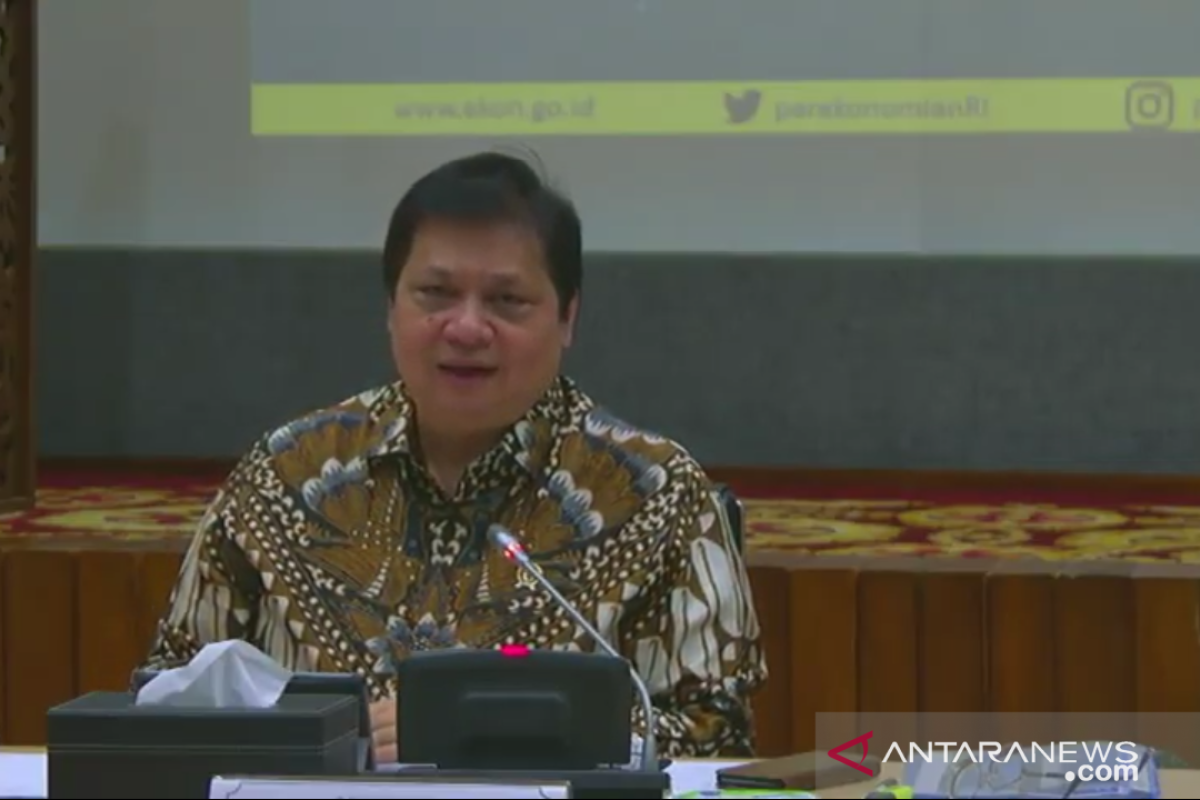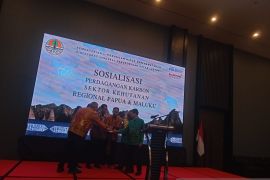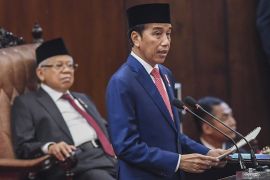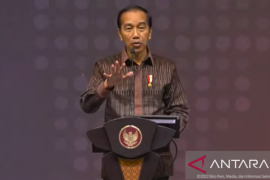However, the manufacturing purchasing managers index (PMI) indicator which had reached 27.5 in March jumped to 46.9 in July this year, the minister said in his presentation.
Among other indicators that have improved are motor vehicle sales, which have climbed from minus 82.3 percent in May, 2020 to minus 54.6 percent, he continued.
Retail sales growth have recorded an upward trend, reaching minus 14.4 percent in July from minus 20.6 percent in May.
The consumer confidence index has also increased from 77.8 in April to 83.8 in June, and the business activity survey has also shown an optimistic trend in the third quarter of 2020, reaching minus 5.1 from minus 13.1 recorded in a survey in the second quarter of 2020.
In the capital market, a number of issuers have still managed to booked profits and registered gains from the financial sector, then the telecommunications, consumer, and pharmaceutical sectors, Hartarto said.
The real sector, he continued, has shown resilience and has continued to operate positively, which is reflected in the composite stock price index (CSPI) returning to the 5,000-level.
Meanwhile, core inflation rate increased in July, 2020 to 0.16 percent after touching 0.02 percent the previous month, indicating that demand has begun to emerge.
In the month of June, Airlangga noted, exports rose in several sectors, including mineral fuels, fats and animal/vegetable oils, up from minus 13.7 to 13.4 percent.
Goods that registered an increase in exports included machinery and electrical equipment, vehicles and parts, rubber and rubber goods, footwear, machinery and mechanical equipment, and paper and cardboard. (INE)
Related news: Plantation Company prioritizing palm oil, sugar for food independence
Related news: Endeavoring for a balance between COVID-19 handling, economy recovery
EDITED BY INE
Translator: Dewa Ketut, Azis K
Editor: Fardah Assegaf
Copyright © ANTARA 2020












